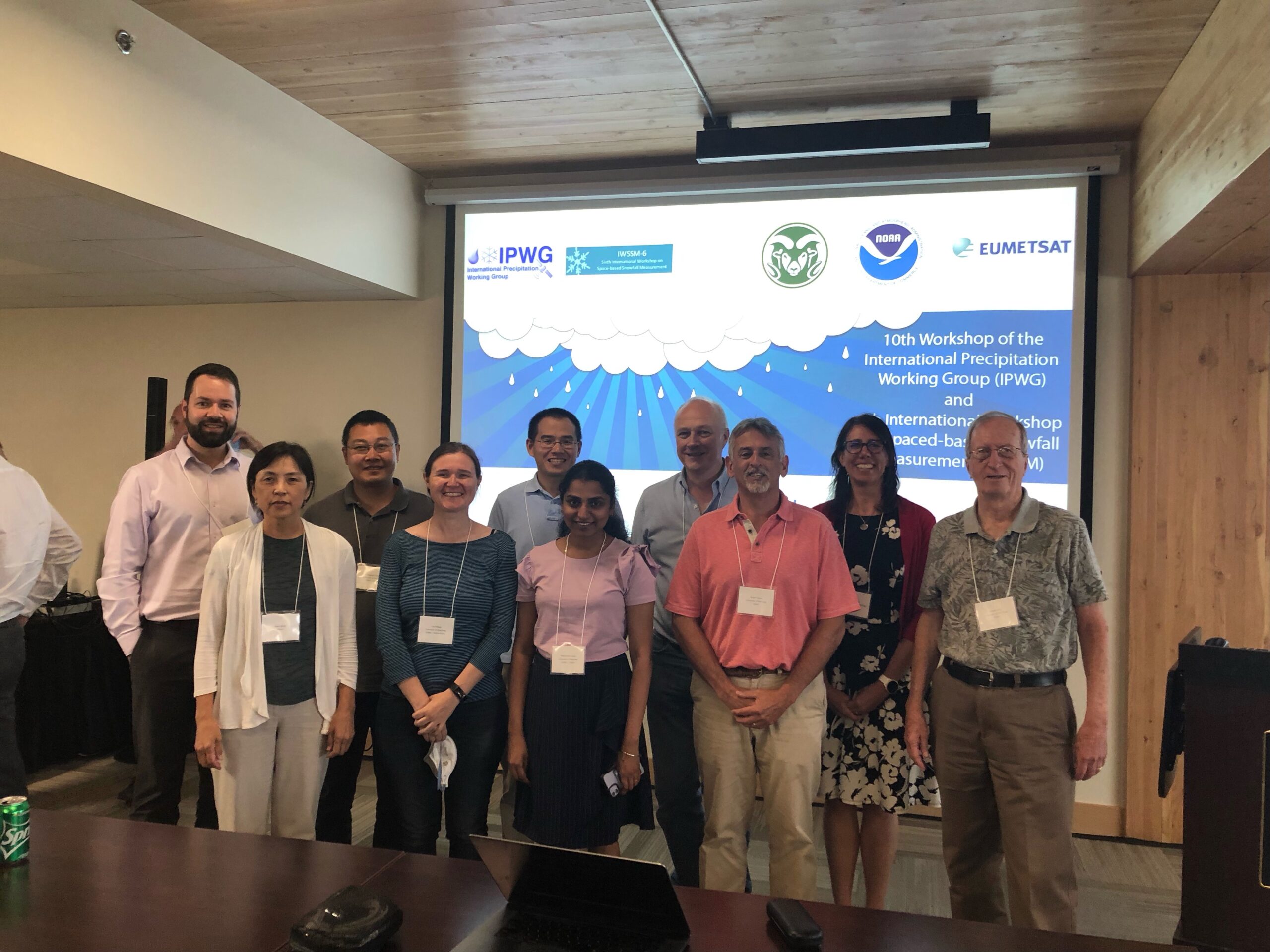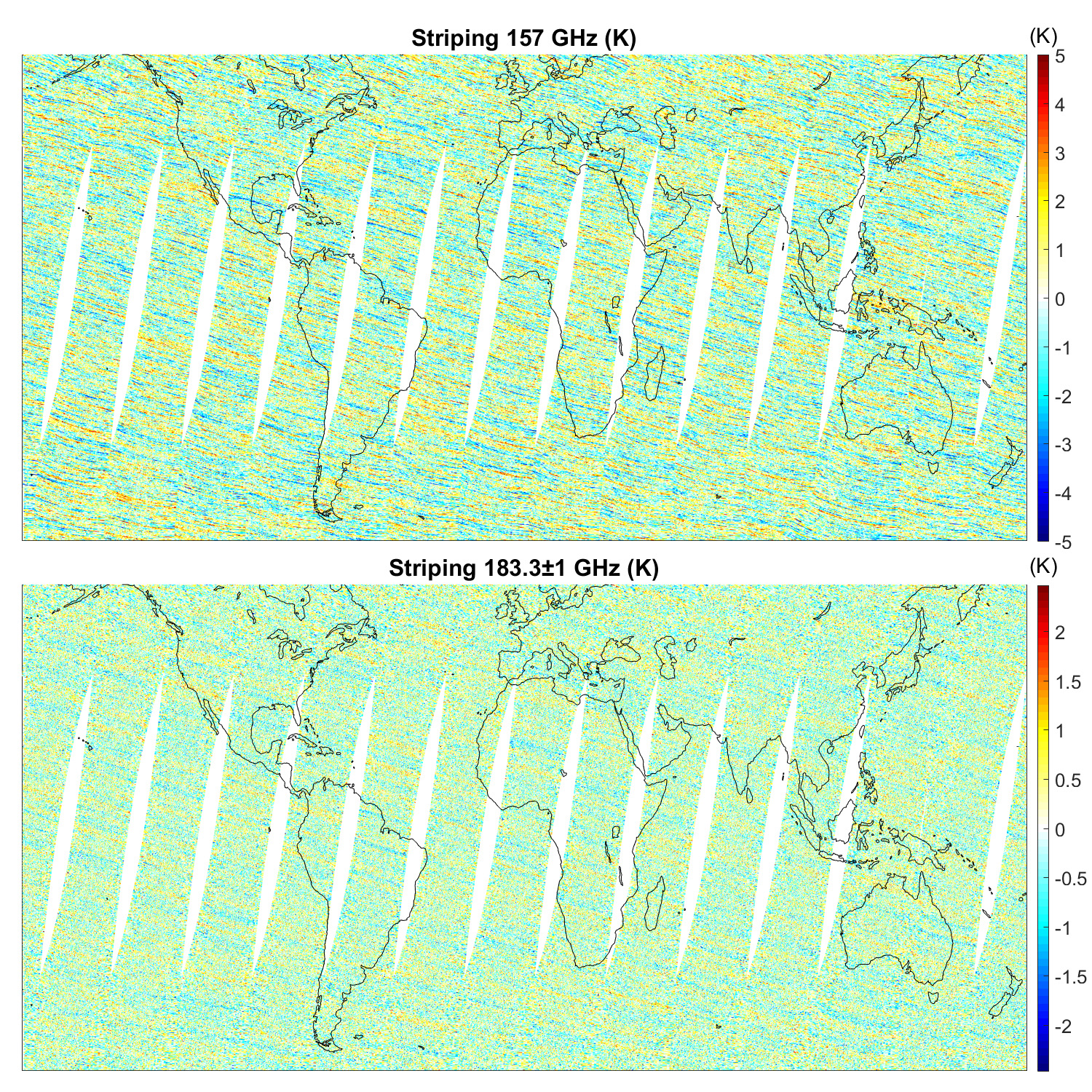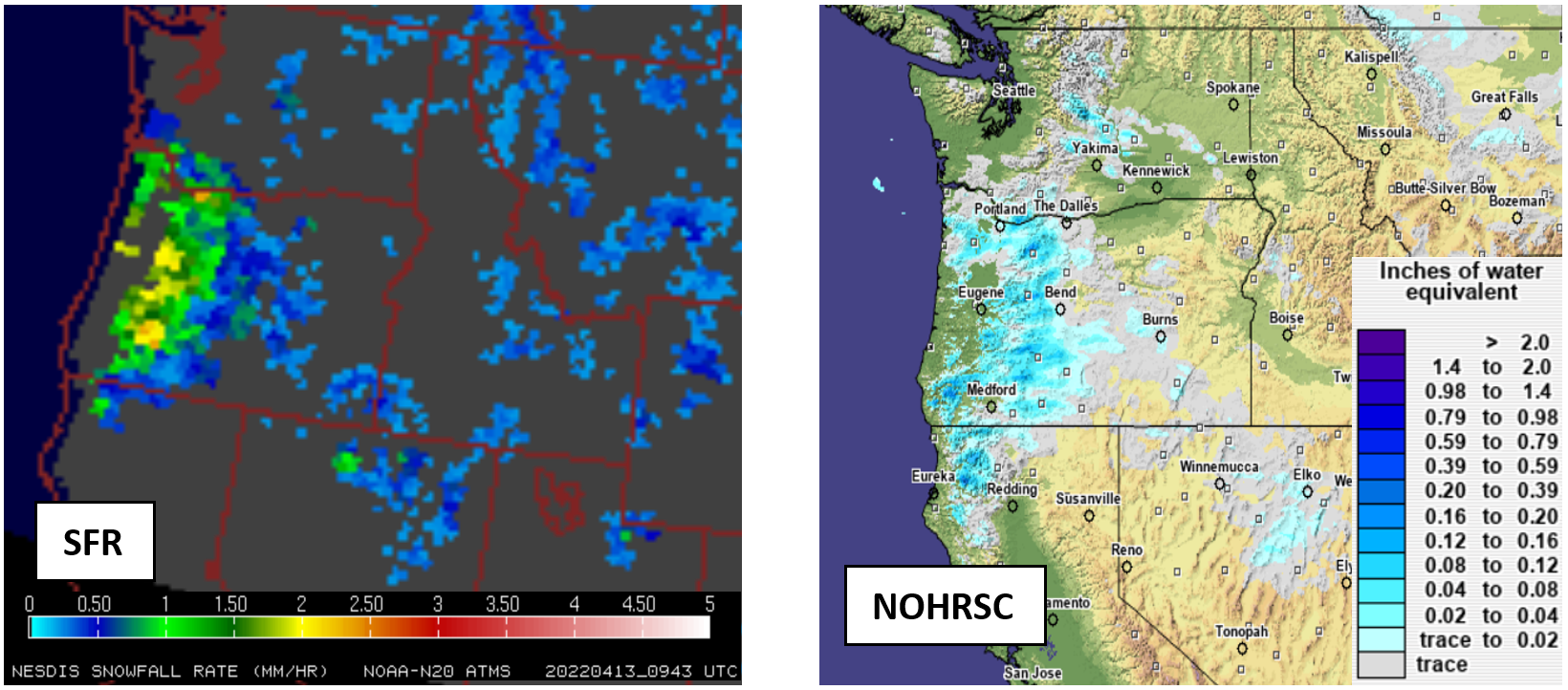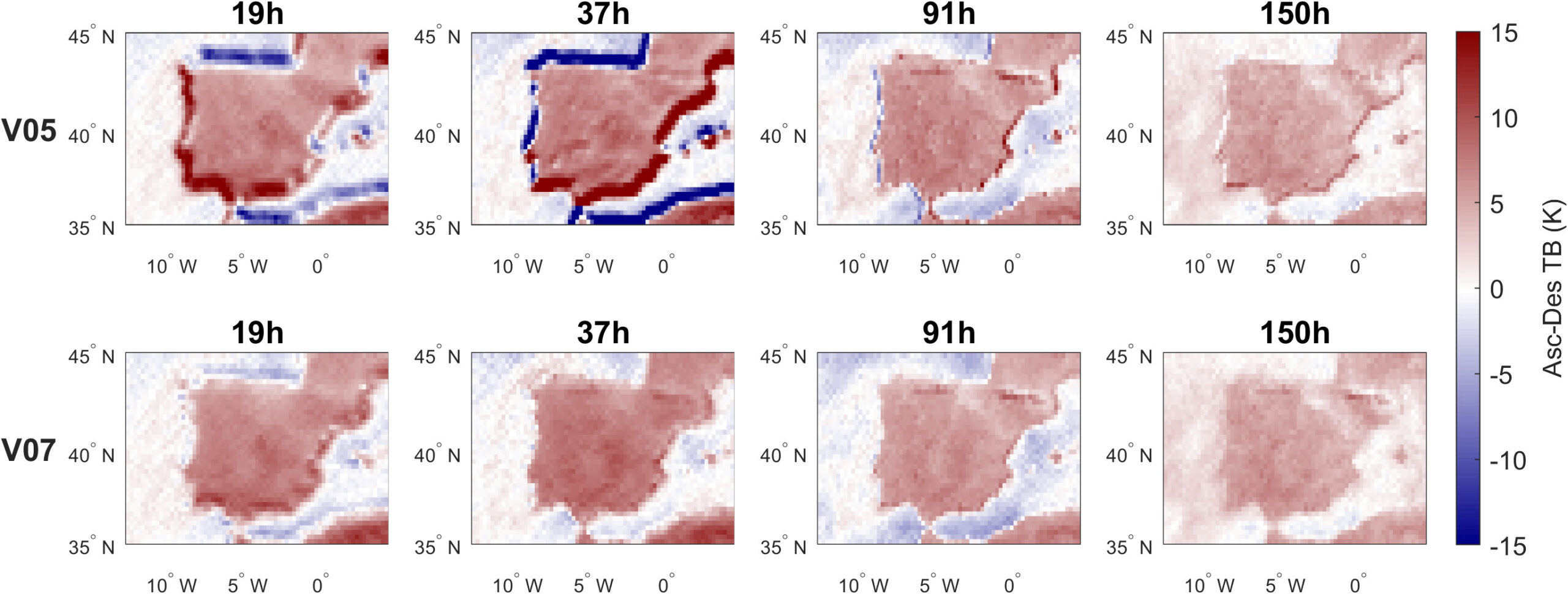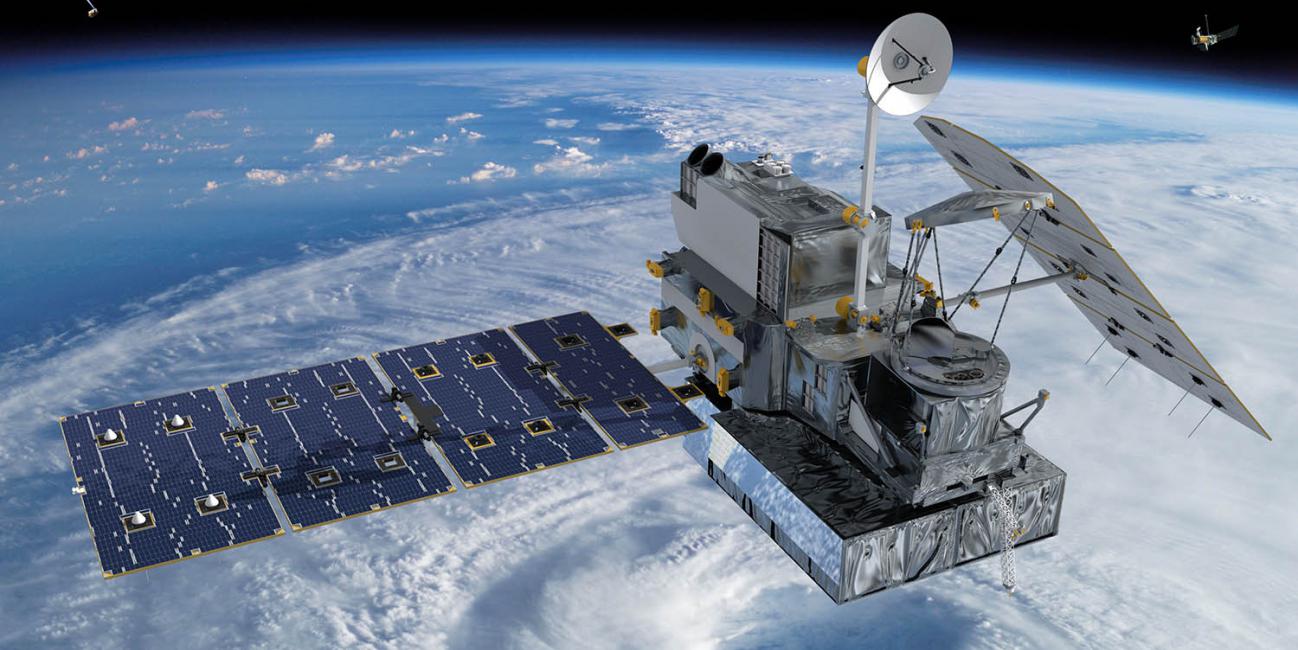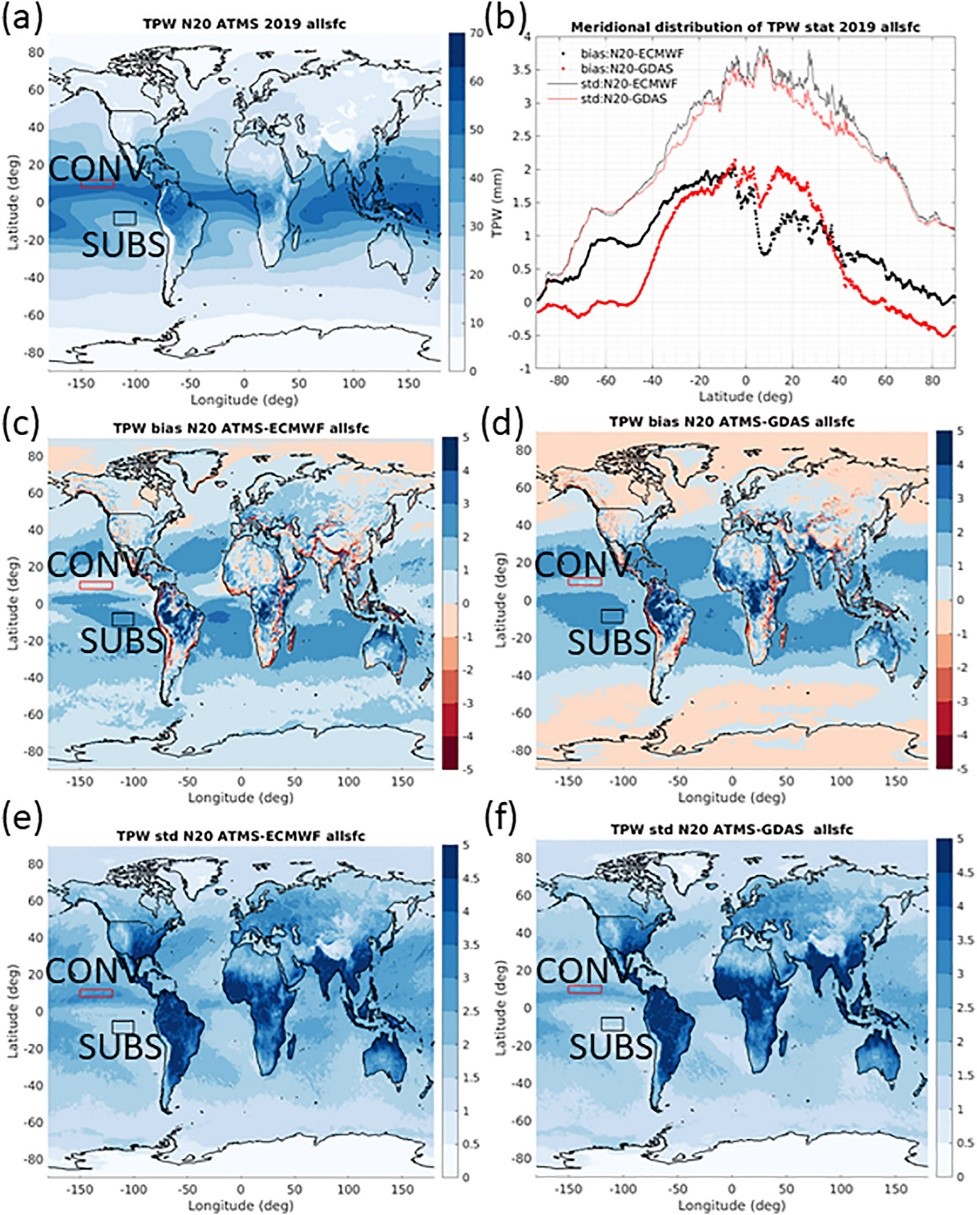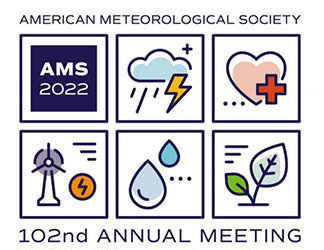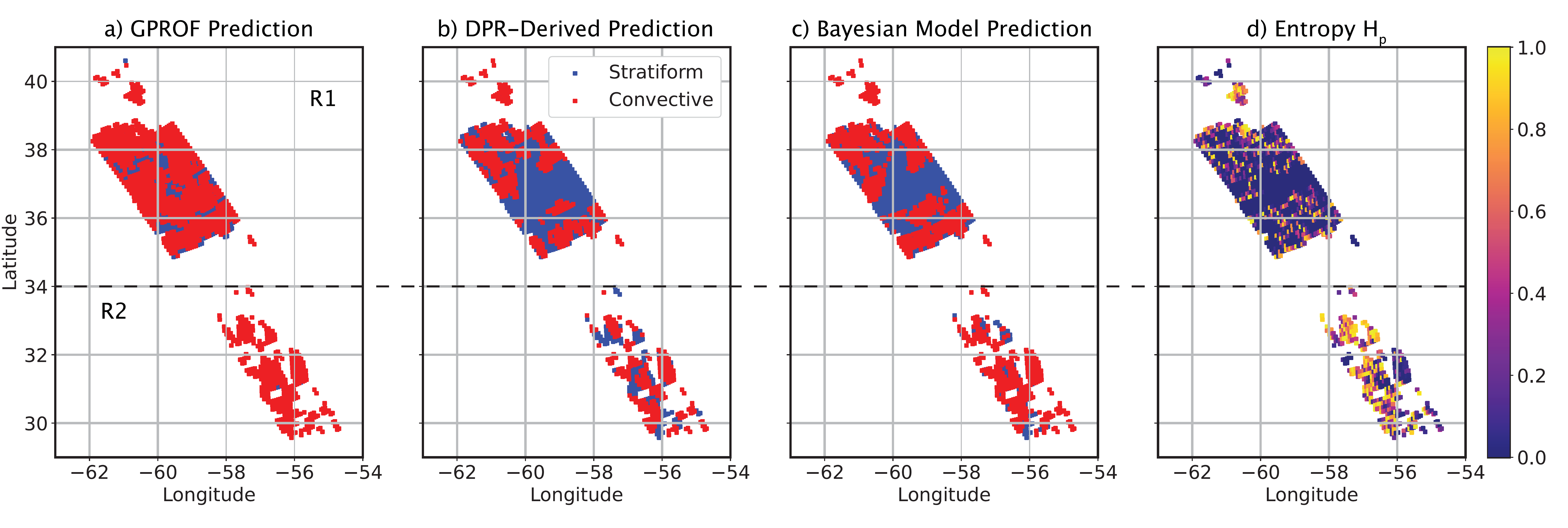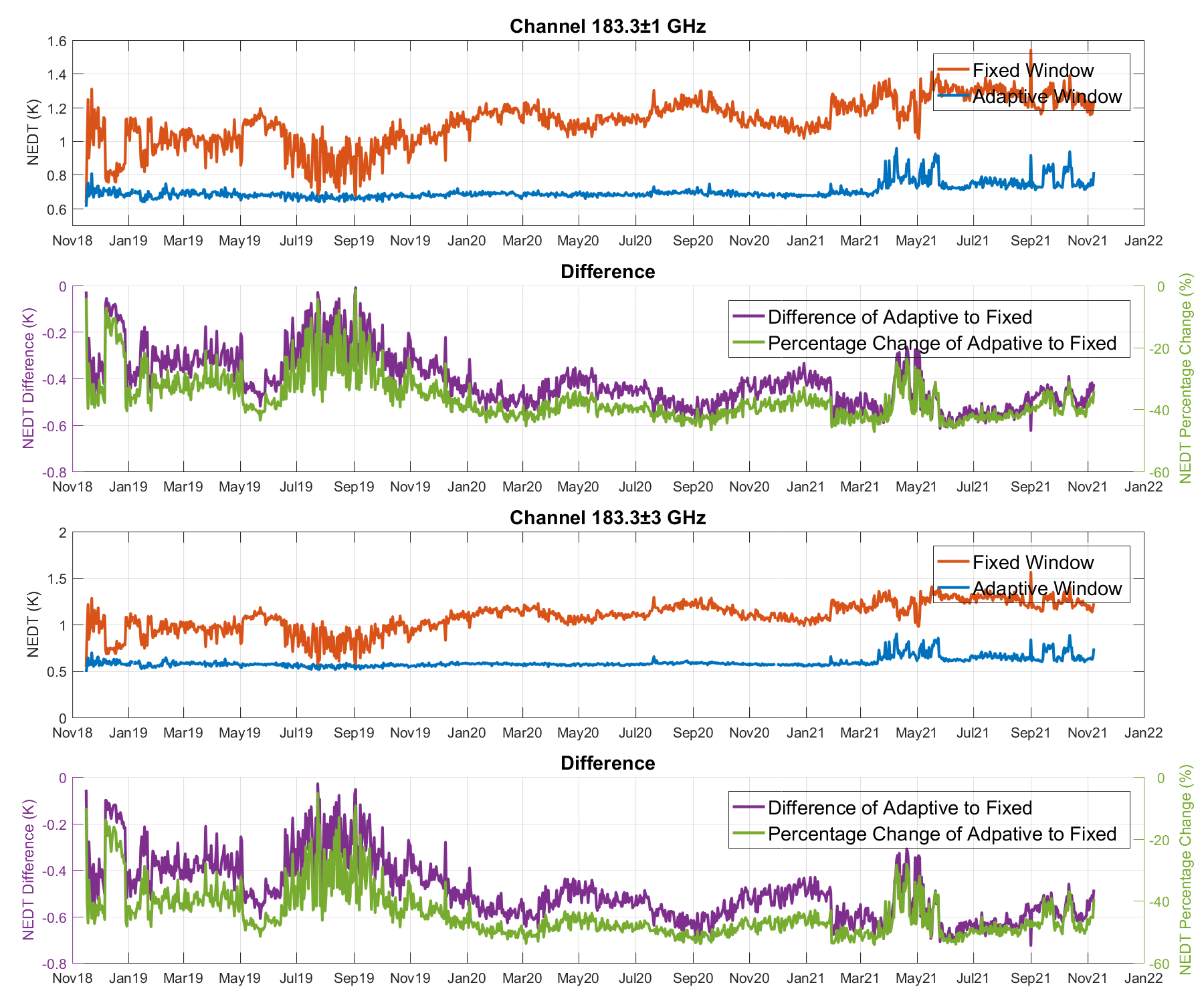
An Adaptive Calibration Window for Noise Reduction of Satellite Microwave Radiometers
ESSIC scientists John Xun Yang, Yalei You, and Ralph Ferraro are co-authors on a new paper in Institute of Electrical and Electronics Engineers (IEEE) that describes a newly developed adaptive window for calibration on microwave sounders at EUMETSAT and NOAA.

